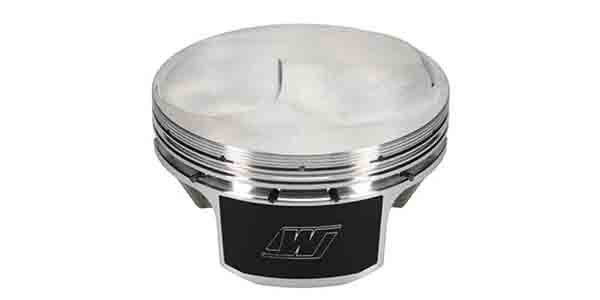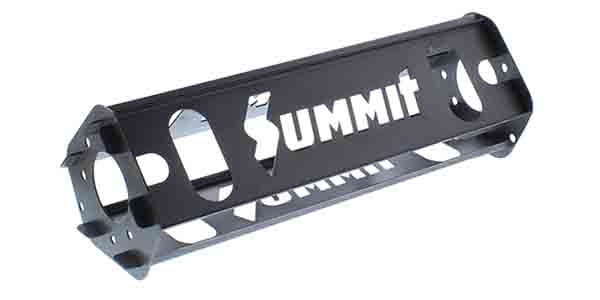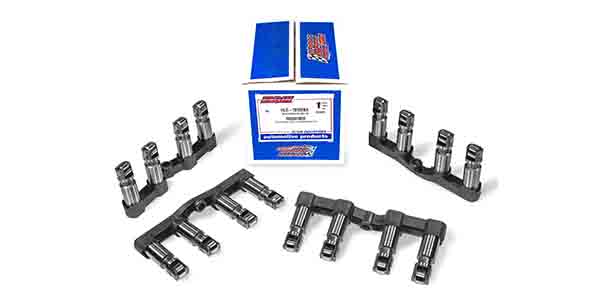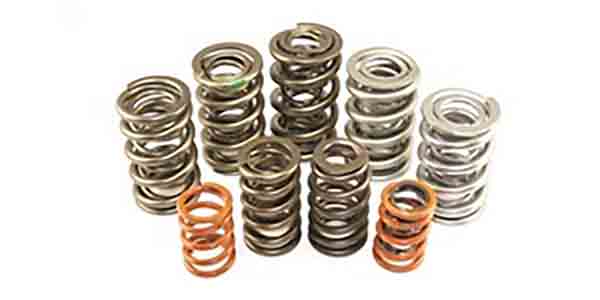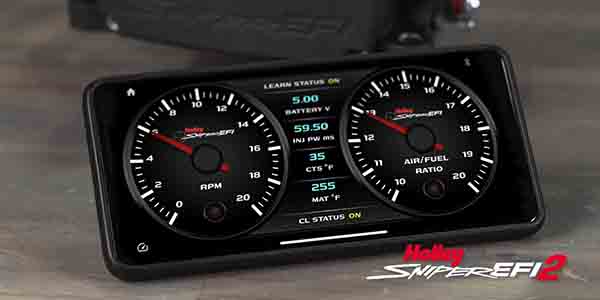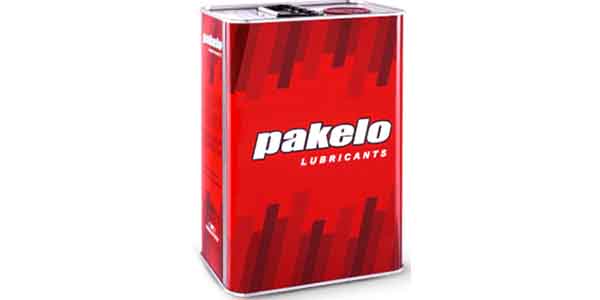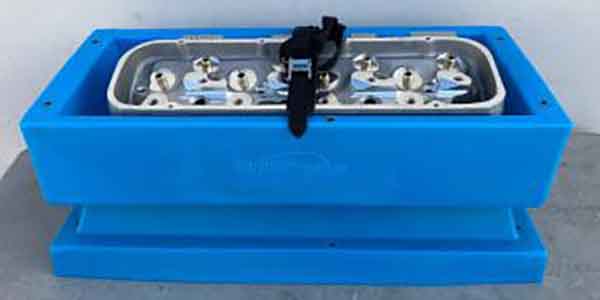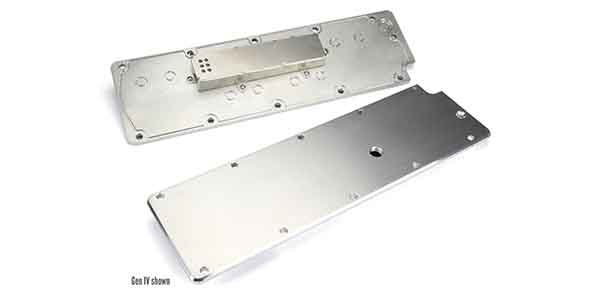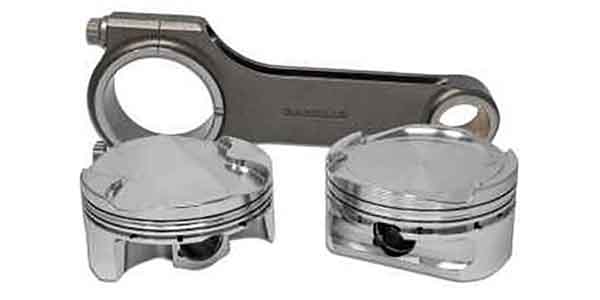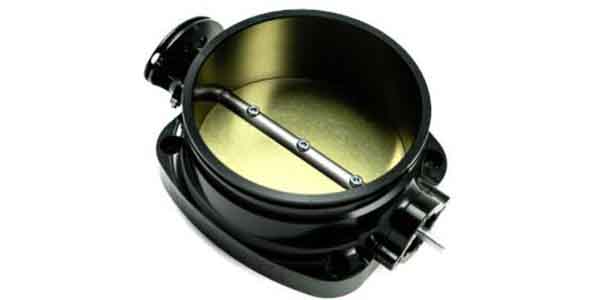Kaase Racing Engines’ new P-51d cylinder head is an improved version of the P-51 with hallmarks that include larger internal ports and other concepts developed from three years of revisions and testing. Jon Kaase, owner of Kaase Racing Engines, discusses the technical features of the company’s new P-51d cylinder heads by drawing comparisons between it and the SR-71 as well as the original P-51, a derivative of his Super Cobra Jet contribution.
Kaase P-51d flow chart (at 28 inches of water) reveals exceptional mid-range flow
Valve Lift (inches) | Intake (cfm) | Exhaust (cfm)
0.200 | 165 | 113
0.300 | 265 | 157
0.400 | 341 | 196
0.500 | 381 | 224
0.600 | 406 | 243
0.700 | 424 | 254
0.750 | 428 | 257
0.800 | 433 | 260
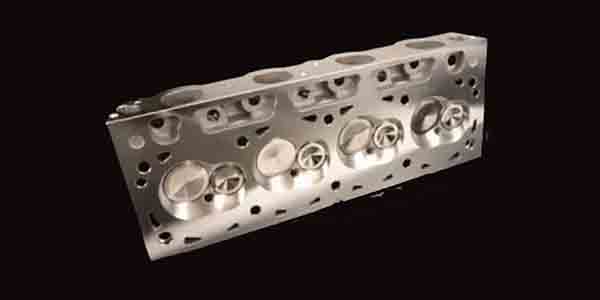
Says Jon Kaase: “In many areas, the new head is the same as the SR-71. The biggest change is reflected in its lower intake port entry and also its port length, which is the same as the P-51 and all stock intake ports. Unlike the SR-71, the casting does not require a China Wall spacer thus the intake manifold sits in the stock position; consequently the carburetor pad affords a one-inch advantage of additional hood clearance.
After extensive dyno testing, we adopted the 2.300″ intake valve for the P-51d. The 2.375″ SR-71 valve made the same power on our 521ci test engine. Usually, if an increase in valve size does not increase power output, the engine will accelerate slower because the air speed is slower. The P-51d valve guides are in the same locations as the SR-71; therefore if the heads are fitted to a bigger engine or a more aggressive build we can easily adopt the 2.375″ valve.
In engines with bore sizes under 4.500″, we use a smaller exhaust valve: 1.700″. This valve features a 60-degree seat angle and performs well with the premium seat material and same seat bore ID as the 1.76″ valve. Larger bore engines use the 1.76″ valve with a 45-degree seat. Extensive dyno testing on an 1,100 hp-plus engine comparing the two exhaust valve sizes produced exactly the same power.

The intake and the exhaust port openings and locations are the same as the stock Ford cast iron 429 Super Cobra Jet, the aluminum SCJ, and the P-51. The exhaust port is .250″ taller at the short-turn radius. The intake port is also .250″ taller at the short turn as well as being more squared-up and wider at that point. Also, the new P-51d heads use the same length valves, pushrod guide-plates and stud girdles as the SR-71.
To conduct the P-51d dyno tests, we used our 521ci stock block engine operating with 11.5:1 compression ratio and camshaft specs of 273-280. Older P-51’s recorded 880 hp compared to the SR-71s at 940 hp with the P-51d’s close at 925 hp.
The original P-51 heads aren’t dead, just resting, according to Kaase. To revive them, the tooling needs some revisions and then we’ll get a few sample castings poured and machined. These new P-51d heads are cast at one of the best and most modern aluminum foundries in the US.
Compared to the original P-51 head, a question will likely arise regarding the cross sectional area of the P-51d’s larger intake port and if its street and low-end performance will be impaired? The answer to this is that I don’t think so. In the 19 years of competing in the Engine Masters Challenge, it was the camshaft that made the greatest difference in performance between 2,500 to 4,500 rpm, as well as the headers and intake manifold lengths. The port size made almost no difference at lower engine speeds. Often I’ve made intake ports smaller but found no advantage.
Finally, to accommodate all the machining and finishing work in-house, we’ve been purchasing machinery and expanding our factory space, and (though we have learned to remain hushed about new cylinder head designs until product is ready to ship) P-51d finished parts are now available with many more raw castings in stock.”



